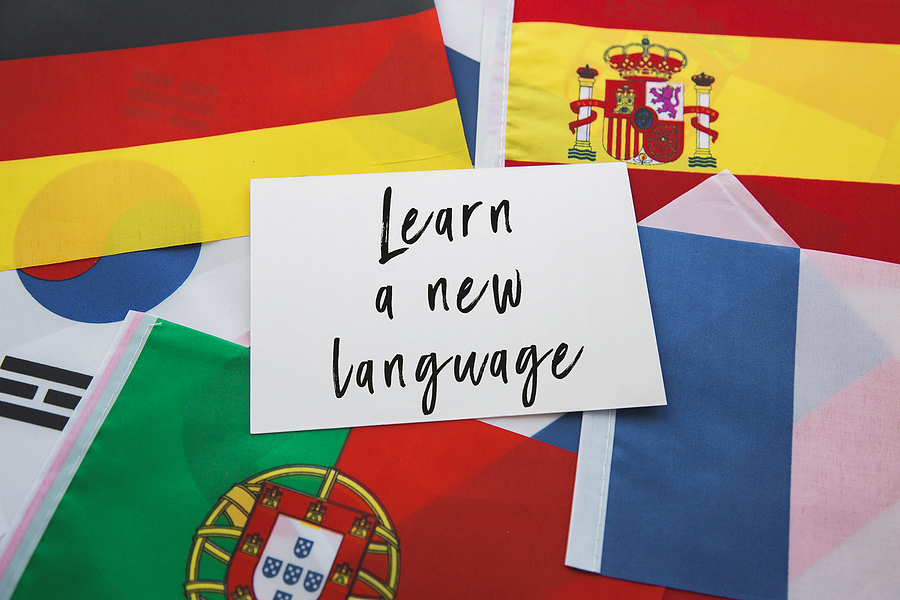About 300 million people around the world speak Portuguese, a language that originated in a relatively small southwestern European country. The population of Portugal today is only just over 10 million, greatly exceeded by the 200 million Portuguese speakers in Brazil as well as another 60 million more in parts of Africa and the Portuguese-speaking diaspora in many other countries.
Naturally, just as Portuguese itself changed from its original Latin origins, so has the Portuguese of Portugal’s many old colonies, isolated from the mother country over hundreds of years and influenced by indigenous and other languages.
The key differences between Brazilian and European Portuguese
Just like many other European colonial countries, Portugal took its language with it as well as its religion and culture to other parts of the world it was able to colonize. Portuguese became the official language used in Brazil in South America as it did in Mozambique and Angola, Cape Verde, and Guinea Bissau in Africa.
Portugal lost colonial possession of its Brazilian colony early on but ruled its African colonies until after the Second World War in the twentieth century. That might explain much of the differences between European Portuguese and Brazilian Portuguese, as Brazilians have had longer to experience their predominant national language evolve in its own way.
Today, Portuguese from European Portugal can still easily communicate with Brazilians in Portuguese, just as Americans can communicate easily with their British cousins in English, but there are some substantial differences in pronunciation, vocabulary, and grammar.
Pronunciation:
Brazilians who speak Portuguese can recognize the Portuguese of European Portugal and vice versa. Brazilians speak with a more musical and broader tone, while in Portugal, the language is flatter, more guttural, and harsher in pronunciation. In Portugal, the final ‘s’ of many words are actually pronounced ‘sh’, while this is not the case in Brazil. The letter ‘t’ in Brazil is pronounced ‘ch’, while it remains ‘t’ in Portugal.
Vocabulary
The differences between European Portuguese and Brazilian Portuguese are not huge. There may be times when speakers of Portuguese from Portugal and Brazil may stop and ask the person they are speaking to, to explain what they mean when they use a certain expression or word. Interestingly, each of the two countries has often absorbed and altered words from other languages, but in different ways. For example, the Brazilian ‘sueter’ has been borrowed from the American ‘sweater’, while the same garment in Portugal is called a ‘pulover’, taken from the English ‘pullover’. Similarly, the Brazilian ‘tren’ and ‘onibus’ are distinct from the Portuguese ‘comboio’ and ‘autocarro’. The Brazilian ‘tren’ is similar to the English ‘train’, while the Portuguese ‘autocarro’ is more like the equivalent in Spanish for ‘bus’.
Note that like many languages that have been modified and used by many millions of speakers, there are also regional variations in both Brazil and Portugal itself. Brazil, in particular, has absorbed words from its many hundreds of indigenous languages as well as Spanish, the language by which it is surrounded.
Grammar
Linguists say that the differences between standard Brazilian Portuguese and standard European Portuguese are not great enough for them to be called distinct dialects, let alone different languages. Basically, the grammar used in both countries is more or less identical. What small differences there are presently no difficulties in communication between Brazilians and Portuguese from Europe.
Cultural Nuances:
Languages never stay the same. They are dynamic phenomena. Isolation is the main reason why languages evolve and the longer they are isolated, the more they are likely to change and evolve in their own way. The Portuguese speakers of Brazil have had five hundred years of separation from Portugal to absorb the languages of the indigenous peoples who lived in that part of South America for many thousands of years before the Portuguese conquest. Note that the Portuguese of Mozambique and Angola in southern Africa are far less different from standard European Portuguese because the Portuguese retained colonial control of these two African countries until the 1970s.
Conclusion:
It is important when translating into or from Portuguese that you use translators who are able to translate into or from the relevant Portuguese variant, or you may risk some amount of confusion or disinterest.












